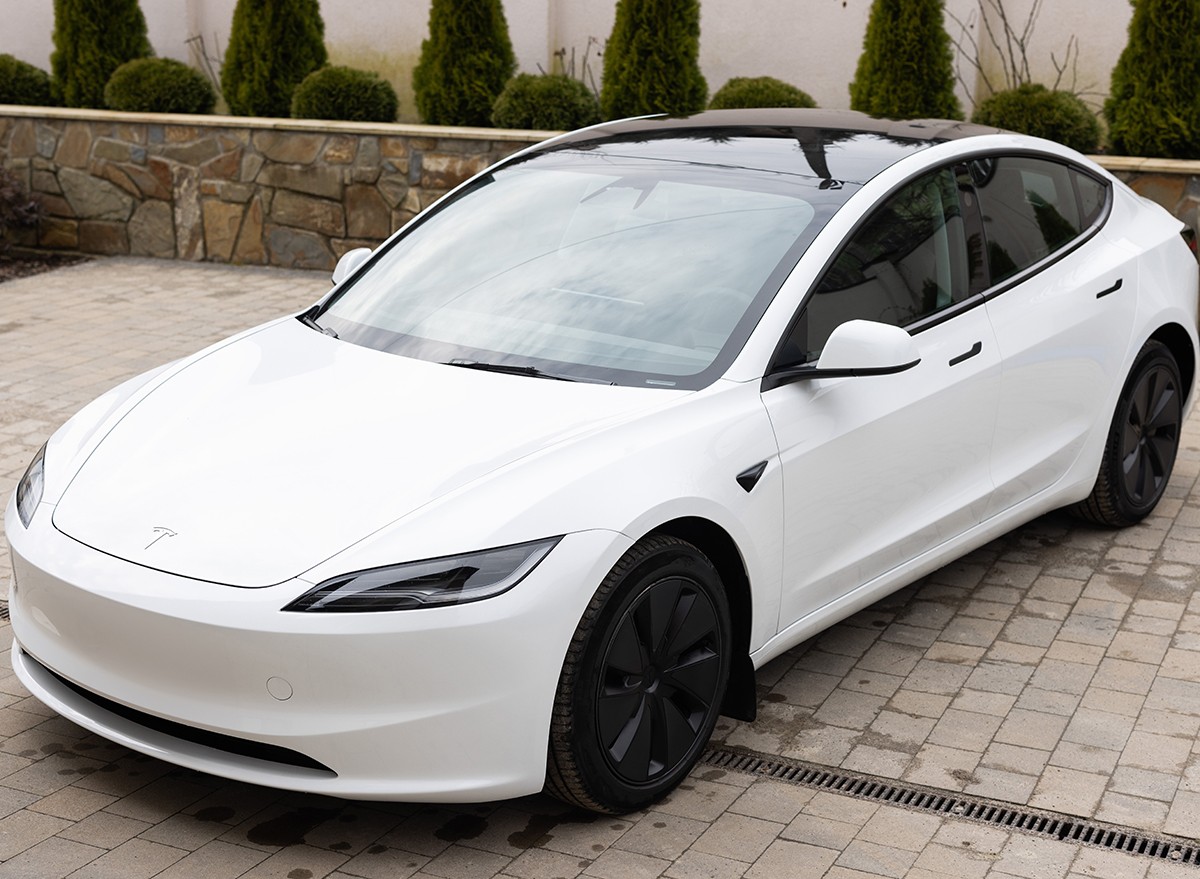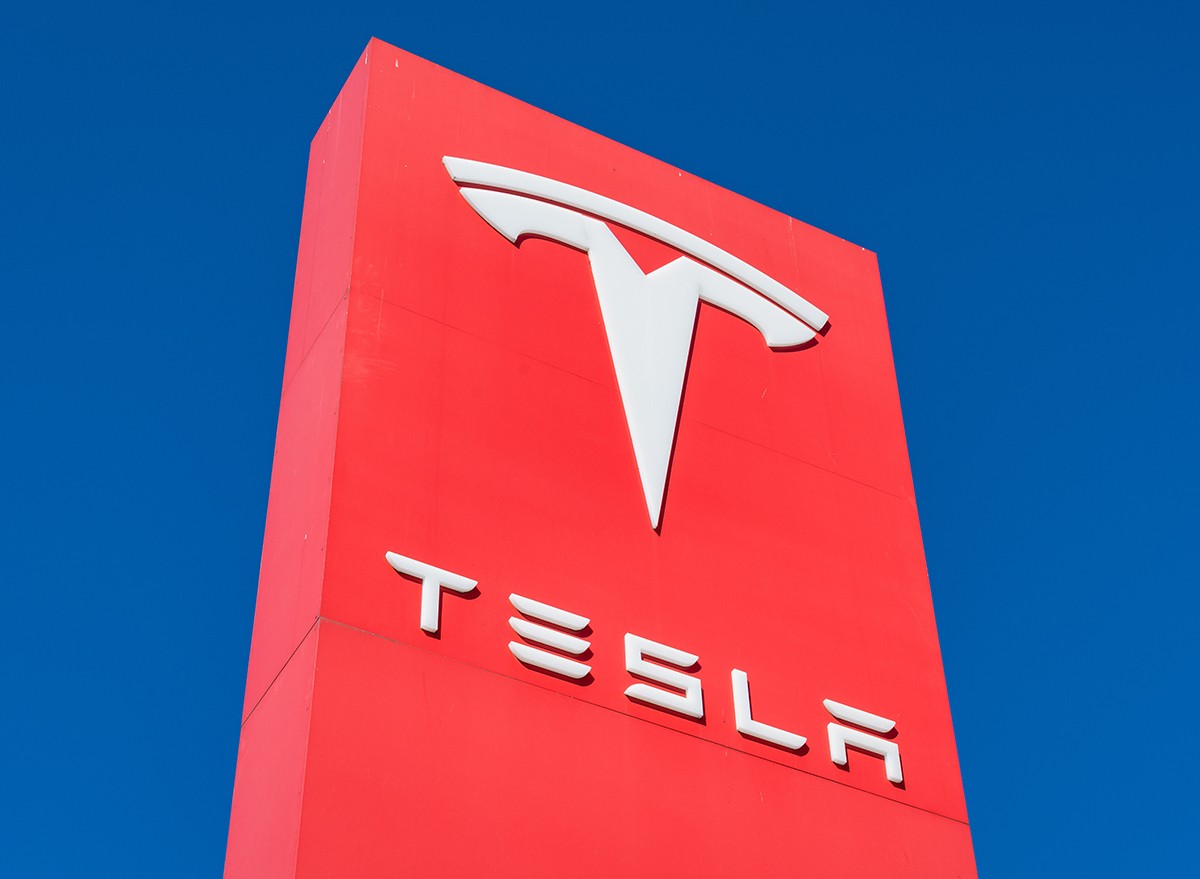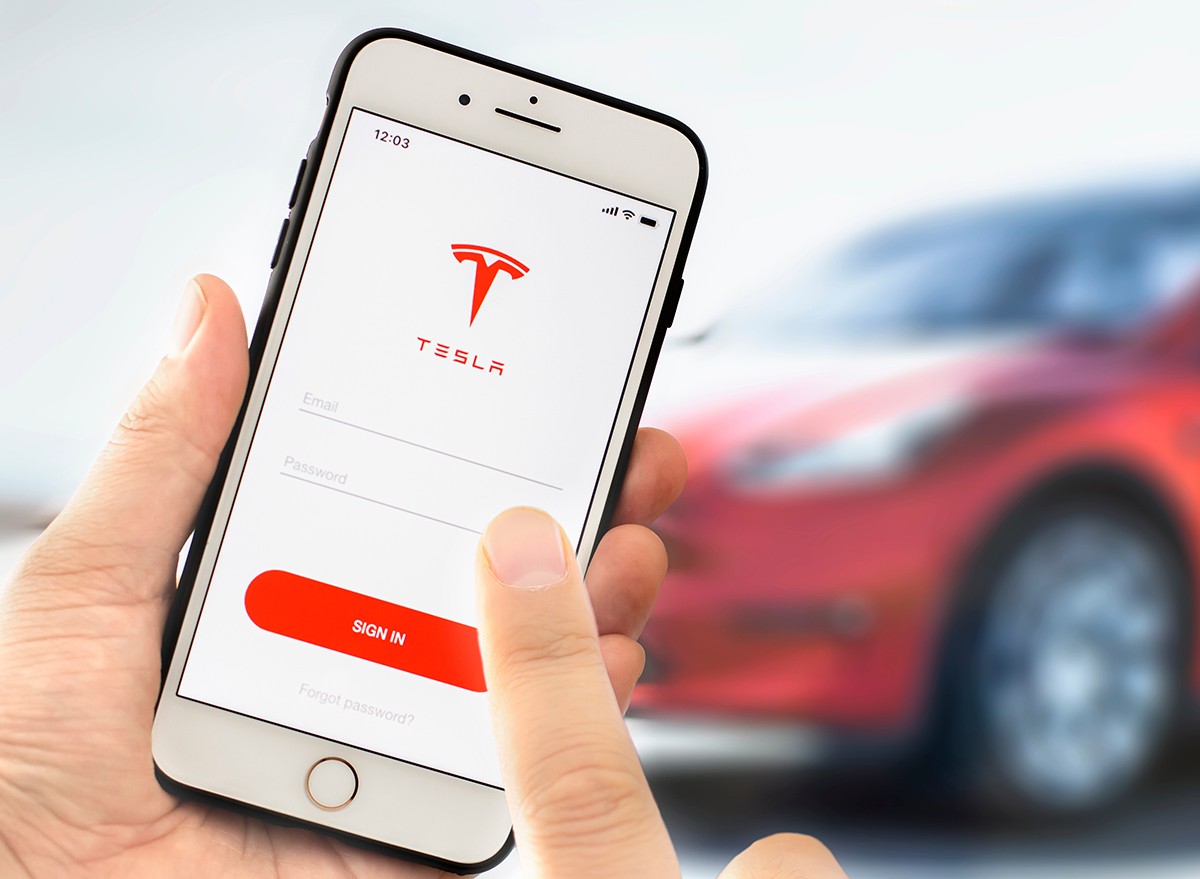Tesla Owners Report Issues with This Feature—What You Need to Know

Tesla is the top electric vehicle company in the United States and the Model Y was ranked the best-selling car in the world in 2023, so chances are if you have an EV, it’s most likely a Tesla. With the company’s runaway success there have also been issues reported with some of the vehicles, most notably in June 2024 when 1.86 million US vehicles were recalled due to a very specific feature causing trouble for drivers. Here’s why Tesla issued the recall.
RELATED: 6 Luxurious Supercars Vying to Challenge Tesla’s Electric Supremacy.
Issues With the Hood

Tesla issued a voluntary recall in June after the software in some cars was not recognizing the hood being open, risking the chance of the hood blocking the driver’s view and causing a collision. “On affected vehicles, the latch assembly may not detect an open condition which prevents driver notification of the open hood state when the vehicle is placed into drive,” the automaker said.
Which Cars Were Affected?

The recall was issued for MY [model year] 2021-2024 Model 3 vehicles equipped with a hood latch produced in China and all MY 2021-2024 Model S, MY 2021-2024 Model X and MY 2020-2024 Model Y. “All owners can check if their vehicle is affected by entering their VIN in either the Tesla VIN Recall Search or NHTSA VIN Recall search tools,” the company said.
RELATED: 210 Car Names for Your New Ride.
How Was the Issue Resolved?

Tesla remotely fixed the issue with a firmware release (what a time to be alive). “At no cost to customers affected vehicles received an over-the-air software remedy with firmware release 2024.20.3. Firmware release 2024.20.3 or a later firmware release detects the open hood and provides a customer-facing user interface notification of the hood open state. No further action is necessary from owners whose vehicles are equipped with the upcoming software release,” the company said.
Were There Any Collisions?

Thankfully the hatch issue did not result in any car accidents. If for any reason the software update didn’t work, Tesla encourages drivers to call customer service. “You can confirm your vehicle’s software version by tapping ‘Controls’ > ‘Software’ on your touchscreen or at the bottom of your vehicle’s home screen in the Tesla mobile app,” Tesla says.